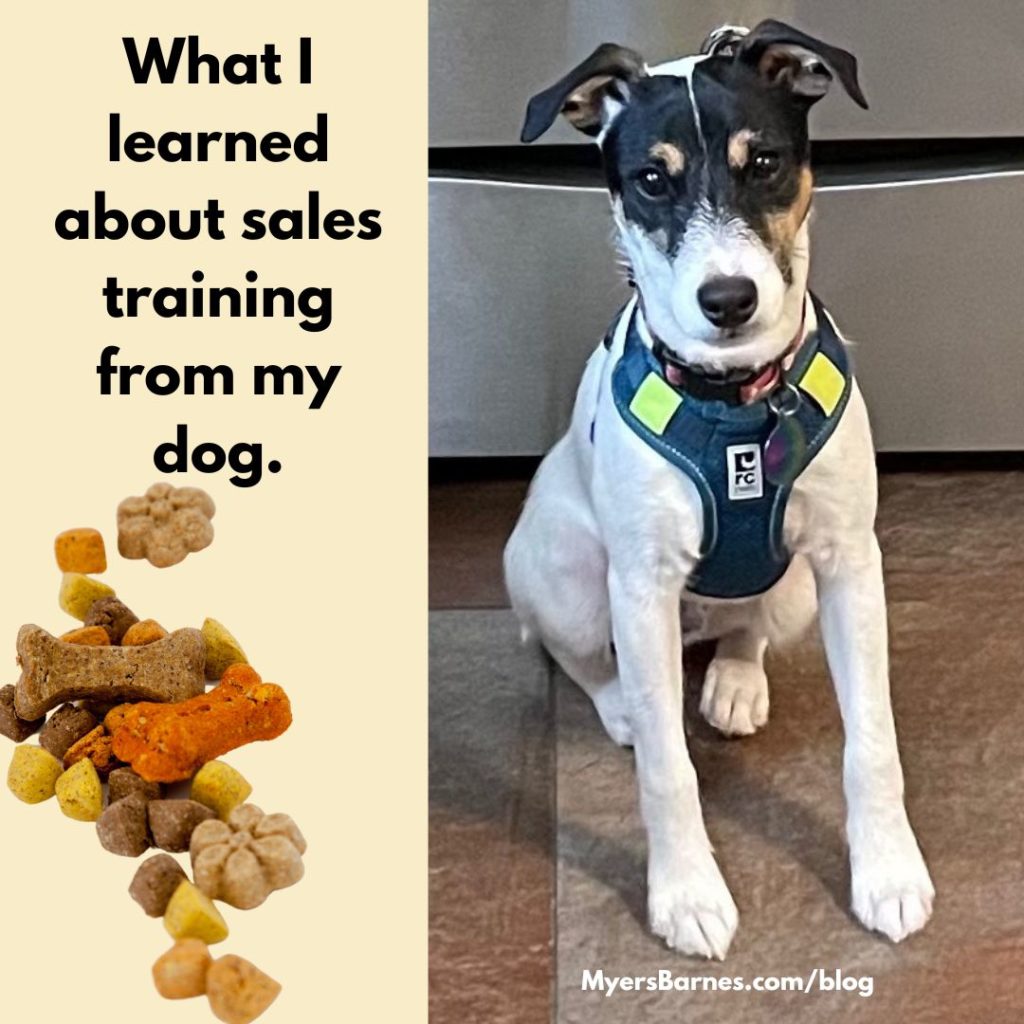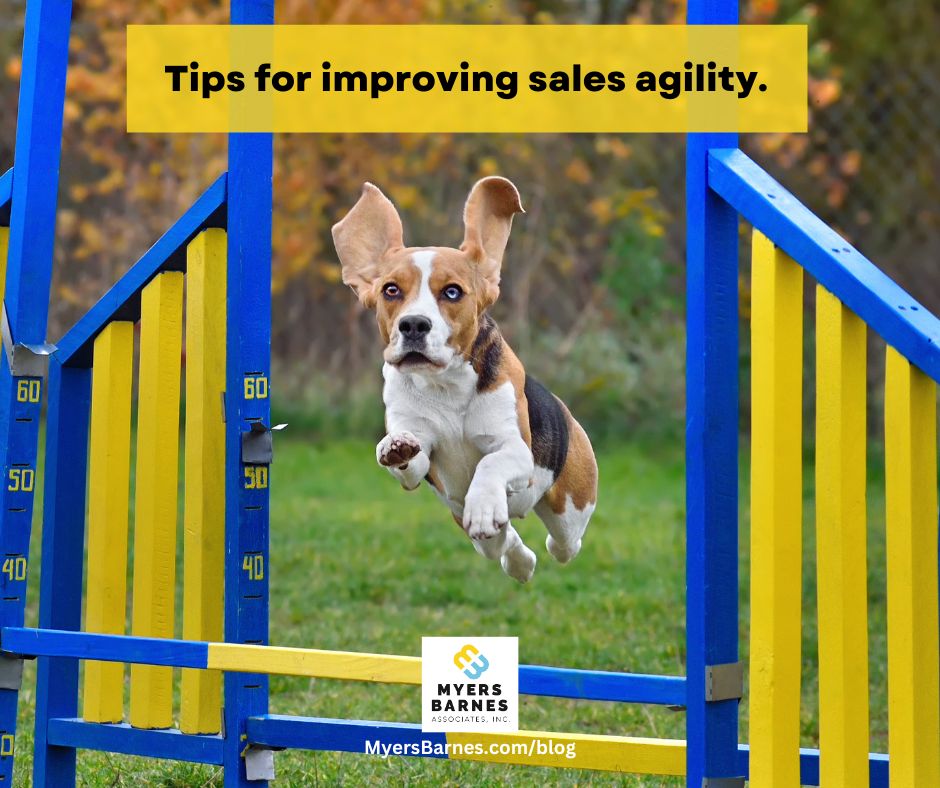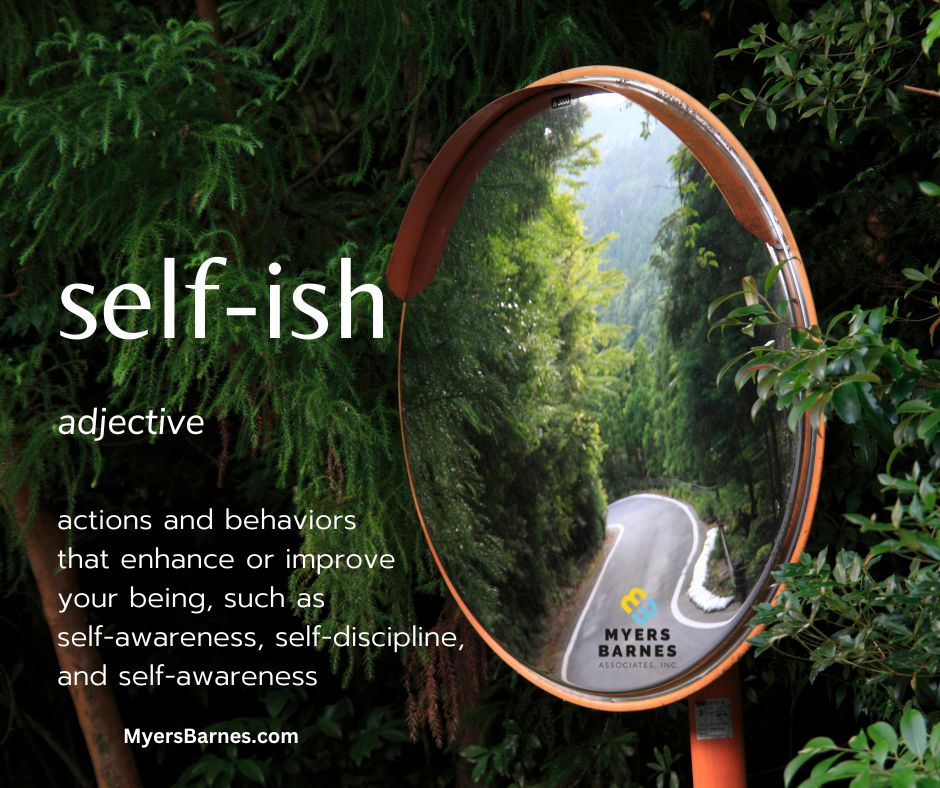 I’ve been training new home sales professionals for many years. There are many commonalities among the newbies and other traits I often see among the experienced ones. But it wasn’t until recently that I discovered some tips from an unlikely source that apply to all of them. Here’s what I learned about sales training from my dog.
I’ve been training new home sales professionals for many years. There are many commonalities among the newbies and other traits I often see among the experienced ones. But it wasn’t until recently that I discovered some tips from an unlikely source that apply to all of them. Here’s what I learned about sales training from my dog.
Before I launch into the lessons, please understand that I am, by no means, berating any two-legged sales individual who is working at their craft. But it is certainly interesting what we can learn from the relationship we have with our pets—specifically, dogs.
At the end of 2021, my wife, Lorena, and I decided that our home and our hearts had room for a four-legged family member. We found exactly the guy we wanted, a Jack Russell terrier puppy. We met him, fell immediately in love, and brought him home.
We named him “Rip” after the tough cowboy in “Yellowstone”, a TV series we happen to really enjoy. And we liked the thought of giving a little guy something big to live up to.
Let me add here that this wasn’t our first rodeo. Not only had we had a dog before, but we had a Jack Russell terrier. We knew the breed and what to expect.
Rip, however, is his own dog. He didn’t read the rule book on Jack Russells. Either that or we just had a more mild-mannered, submissive pup in our other dog. Whatever the reason, we’ve had to approach training the dog with a different mindset. And that’s where I learned that training—whether it’s sales pros or canines—requires specific tasks, talents, and demeanor.
Lesson #1. Define the good and the bad behaviors.
We started training Rip with the usual commands: Sit and Give Me a Paw. We could tell he was a smart puppy because he caught on fast. He also caught on that there were lots of things that needed chewing and peeing on in our house.
What we had to do was to make it clear what was acceptable. Dogs, unlike humans, want mainly to please. Make it clear what pleases you and they will (eventually) oblige.
This is true with sales training. We made it clear to Rip by offering praise for good behaviors and correction for the bad ones. Do the same with your new home sales professionals.
Have you clearly communicated your expectations for sales training to your team members? Are you sure? When expectations aren’t met, it’s often the result of (a) miscommunication or (b) refusal, indifference, or incompetence on the trainee’s part.
If the reason is “a”, you need to sharpen up your communications. Unmet expectations create disappointment, which then withers into resentment, and that causes a toxic relationship.
If your team member is not meeting expectations because of refusal, indifference, or incompetence, you need to adjust their attitude, which still requires strong communication. Or you can let them know they have made the choice to de-hire themselves by not doing the job.
Lesson #2. Learn what specifically motivates them.
We knew that training the dog required a supply of treats. Puppies are motivated by tasty rewards. However, they can also be selective. One dog’s pleasure is another’s dog’s disdain. Some sales professionals are motivated by incentives, like financial rewards. Others seek different rewards, like praise, time off, or leadership responsibilities. Here is a great article on different types of motivation. Just like personality profiles deliver insights about a person, their motivation preferences will give you more direction on how to influence the one you’re trying to train.
When a dog doesn’t respond to what you’re offering, try giving them something else. People are no different!
Lesson #3. Pay attention to their cues.
How well do you know the people you’re training? Are you clued into their cues? Can you tell when they’re interested, annoyed, bored, confused, or unhappy? A dog offers the physical advantage of its tail. When Rip wags his tail, he’s happy. The tail between his legs means he’s remorseful, which isn’t frequent for this guy. We need to work on Rip’s accountability.
Some dogs will let you know when they need to go out. They whimper or go to the door. They are telling you what they want with their non-verbal communication. It’s up to you to interpret their message.
Your human sales team probably doesn’t have a tail. So, you need to work on understanding and reading their cues. How? When you notice a certain facial expression or posture, point it out. “You look happy!” or “Are you ok? You seem _______ (insert feeling here).” When your new home sales professionals realize you care enough to ask, they’ll feel at ease with you, which leads to being open to training.
Lesson #4. If you make it fun, they don’t know that they’re learning.
Rip is a playful guy. He enjoys games, or the semblance of them. Honestly, who doesn’t prefer fun activities over work stuff?
Make your training an enjoyable experience. Present training exercises that are fun instead of working through a series of PowerPoint slides in a dark room that is certain to put people to sleep. Put energy into your presentation. Involve your trainees by having them interact with you and each other. In other words, fetch their attention.
Lesson #5. Don’t overdo it.
There comes a point when anyone—human or dog— has just had enough of training exercises. I can throw the ball 20 times and Rip will bring it back. On the 21st attempt, he’ll look at me with the expression, “Why don’t you go get it this time?” Be mindful when your trainees need a break—for coffee, for lunch, or for the day. Pick it up again when they’re refreshed and attentive.
Lesson #6. Be patient.
Some people “get it” right away. Others don’t. Rip is a member of the latter group. He’s stubborn but not untrainable. We’ve learned the importance of patience. He will sense our frustration or anger and we end up in a standoff.
Be realistic with your training expectations. Measure your progress. Identify where you need to invest more time and focus more energy with your new home sales professionals. But above all, be patient!
Successful sales training starts with the trainer. Know your objectives and your audience. When you’re successful, you’ll unleash their potential!


